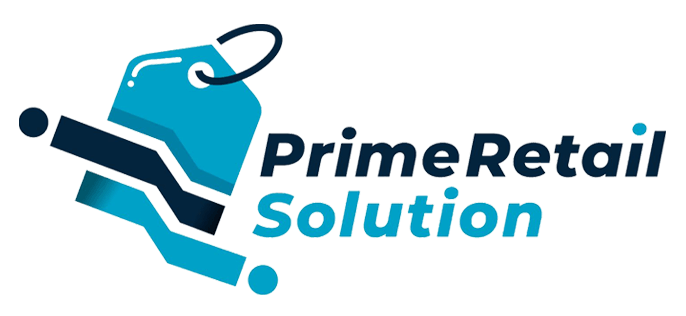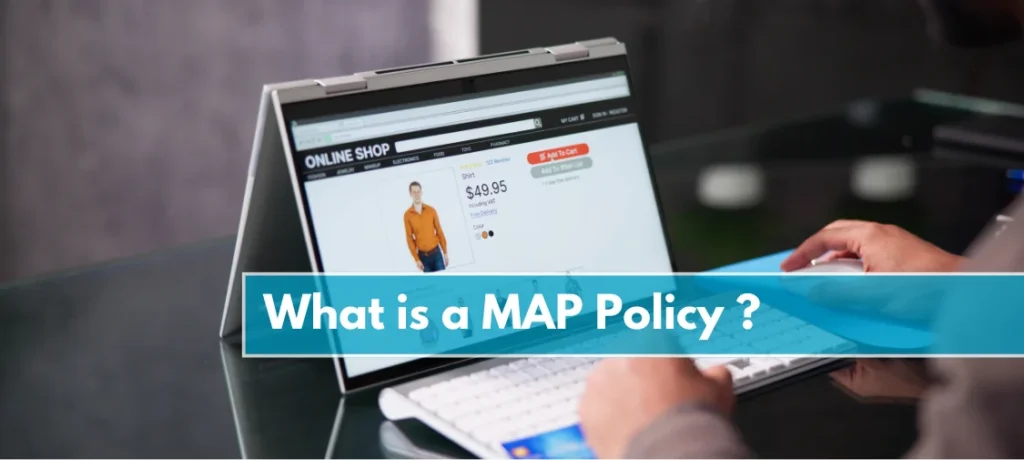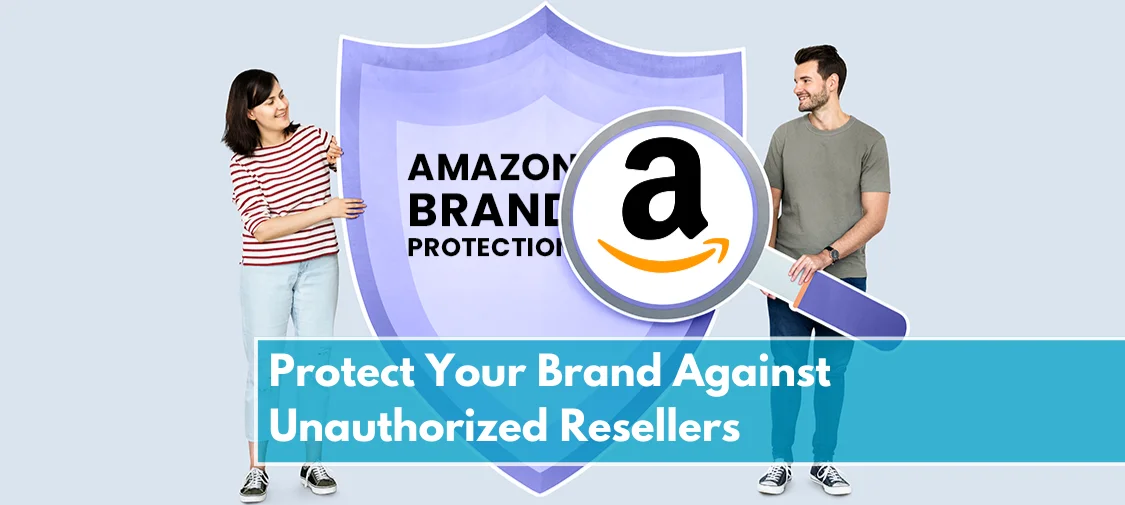Amazon
What is a MAP Policy and Why is it important?
One way to ensure your business stands out in the market is to offer accurate pricing. Typically, before making a purchase, customers would shop about and check prices at other stores. To attract customers, sellers often undercut business’s minimum advertised prices (MAPs) in pursuit of bargain pricing.
Such price breaches may end up damaging the brand’s reputation and in some cases customer sentiments to trust the seller. A significant price variation can have an impact on businesses. Hence, to level the playing field in the retail industry, the MAP (Minimum Advertised Price) Policy was established and is now widely followed throughout the industry.
What Is A MAP Policy?
MAP (Minimum Advertised Price) is the most affordable price that may be given to an item that is being sold and displayed to the public. To prevent its network of dealers from selling its products at prices below a set benchmark, most brands have map policies. You need to be careful since big sales and discounts at the store level can make it harder for you to regulate how much money you get from customers for your products.
By allowing you to control how much your products can be sold for by both online and offline vendors, map policies can give you a leg up on the competition. While stores have the right to set their MAP prices, it’s not fair that they can attract new customers by advertising your products at a discount below the MAP.
This is excellent news for a company that is expanding. The problem is that it’s not always easy to remember each store’s advertised price. Doing the grunt work by yourself can get the job done, but it will be expensive and time-consuming for your company. Collaborating with an outside company for your map monitoring efforts is a wise choice. When it comes to making sure your map policy is followed, it’s more cost-effective and efficient.
What Makes MAP Policy Important For The Industry?
The brand owner, producers, wholesalers, and retailers all gain from MAP policies. It is easy to see how a MAP pricing policy would be beneficial. Among the advantages are:
Avoid Aggressive Price Wars:
Price matching is essential, if not essential, in the cutthroat retail industry. This means that when one store drops a price, you can bet your bottom dollar that their closest rivals will do the same. They can also use price-matching programs in-store to accomplish this.
In the world of online stores and Amazon sellers, this problem has grown worse. Amazon’s repricer and other auto-repricing solutions can monitor the market and adjust your prices accordingly whenever a competitor lowers their prices. A price war becomes a price cascade due to this repricing technology, and suppliers are left perplexed as to why, in a matter of days, their products’ prices have dropped to near or even below wholesale.
Neither the store nor the authorized reseller stands to gain from this type of price reduction.
Everyone involved in the sale of a product has a floor they can’t go below by agreeing on a MAP price.
Improved brand protection
Retailers may offer products at low rates without a MAP policy to attract customers in-store, increase website traffic, or sell off inventory.
The battle for digital shelf space may be fierce on marketplaces like Amazon. If they can get good reviews, get into the “Buy Box,” and increase their sales volume, some sellers may be willing to sell a brand’s products at a loss or a very low price.
Customers may lose faith in a company’s brand or product if this occurs frequently enough. The effect on premium product lines and brands might be catastrophic.
Brands must maintain some degree of control over their minimum advertised pricing to avoid such scenarios and follow the same MAP policy for pricing their products.
Make Yourself More Appealing To Traditional Retailers
Since they don’t have as many overhead costs, online stores may get away with lower profit margins on individual product lines. Assume that brick-and-mortar retailers notice that internet sellers frequently sell at substantially lower prices than the MSRP, which is a price point that is out of their price range. If that’s the case, they’ll be physically displaying their online competitors’ goods, which is bound to make them less than thrilled to take up valuable shelf space with your stuff.
Suppliers can gain recognition from stores for their efforts to level the playing field by implementing a MAP policy that is closely watched and enforced. As a result, your goods may become more appealing to these retailers, and suppliers may even be able to negotiate higher profit margins.
Ensure Thorough performance analysis:
When all stores follow a uniform MAP pricing policy, brands have a better chance of analyzing how well their products are selling. Brands may focus on other aspects that drive sales instead of worrying about pricing because the range is always the same and consumers never base their selections on it. Data on customer habits, effective field marketing tactics, and store sales can be accessed by brands. Based on the assessments, they can make more informed choices.
How Can I Make a MAP Policy For My Brand?
Here are some things to keep in mind as you set up a MAP policy:
- Decide on Your Margins: To stay profitable and achieve your business goals, you must first determine which product margins will bring in profits. Core to minimum advertised pricing (MAP) is protecting margins; set the MAP policy to the lowest price you’re willing to go before seeing your margins erode.
- Clear And Precise Rules: Spell out the consequences for breaking the MAP policy, and lay out a plan for communicating the policy in its entirety. Also, clarify rewards and support to the compliant retailers.
- Enforcement Process: For the MAP policy to be effective, enforcement measures must be put in place to keep an eye on things and penalize those who don’t follow the outlined regulations.
- Be accommodating: Permit rare promotions or exceptions while preserving the MAP policy’s overall goals and integrity.
Conclusion:
Many brands are considering implementing a MAP policy for the reasons we discussed in this article. However, the excessive time and resources it consumes to draft and oversee a MAP pricing policy manually is quite overwhelming for many sellers. In terms of MAP Policy solutions, Prime Retail Solutions is what your ecommerce brand needs. Book a consultation with one of our seasoned ecommerce experts today and discuss future growth and strategies to tap into your business’ maximum sales potential.
Share





